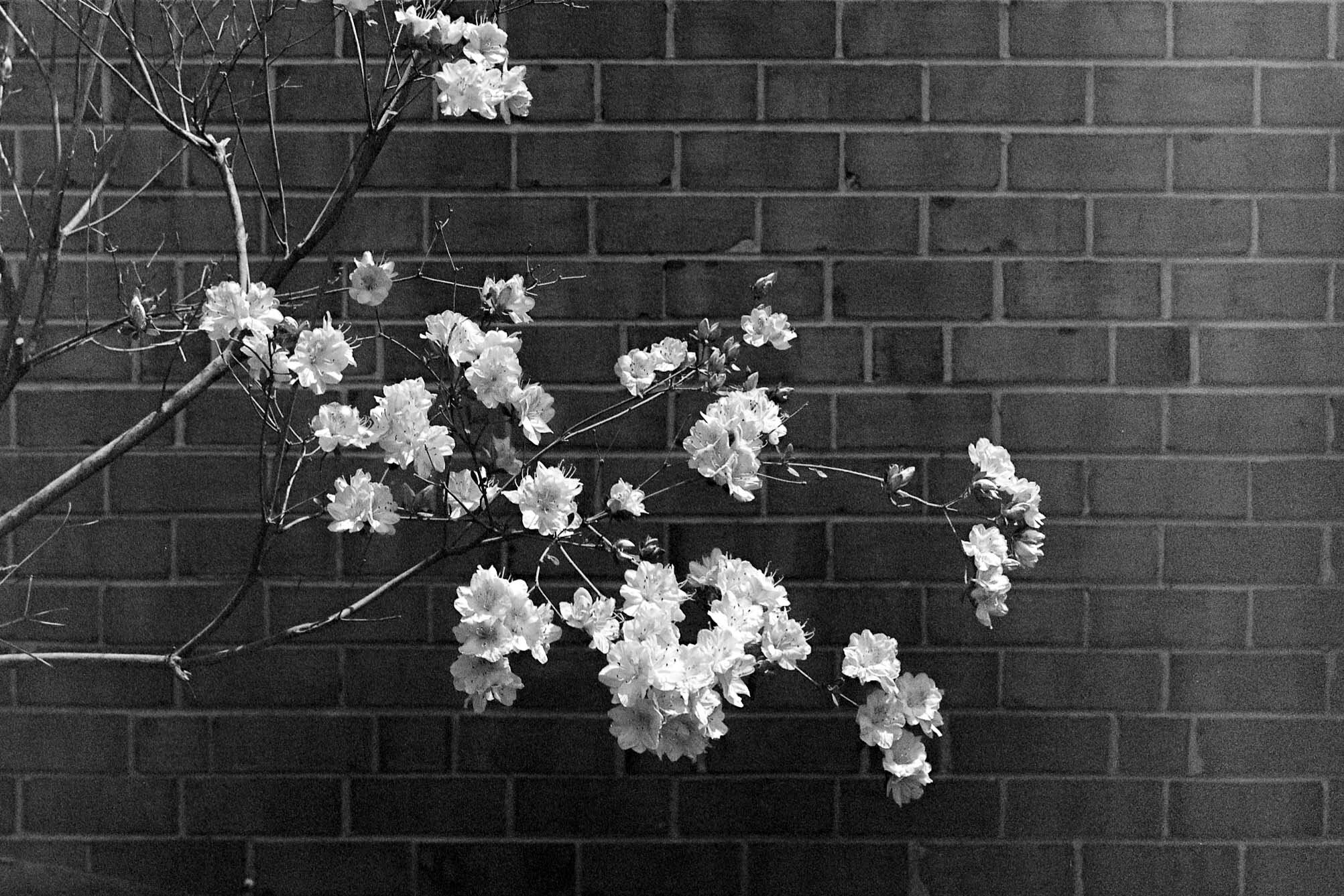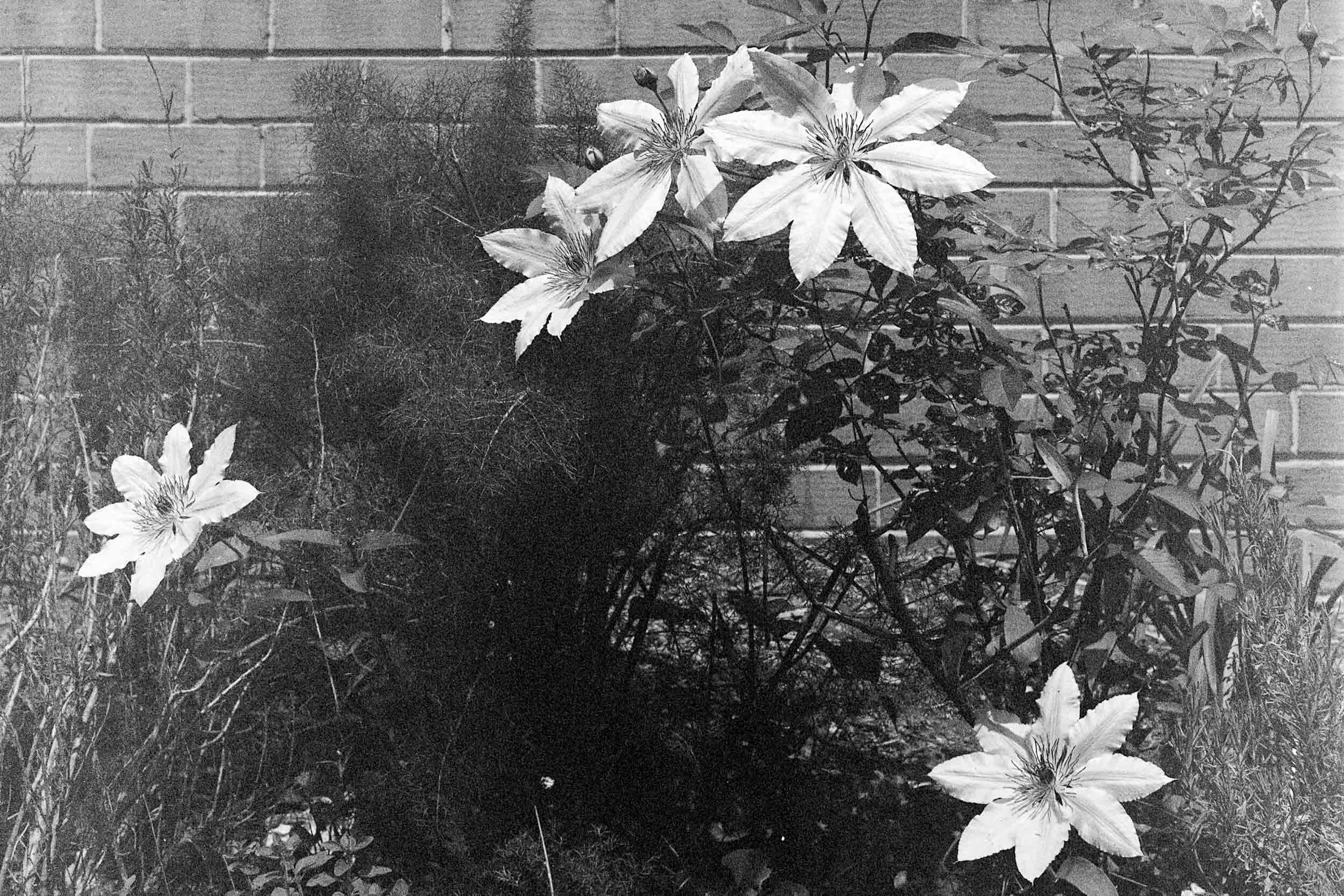Originally published May 14, 2018
I started my film experiments a few months ago with a box camera. It is about as basic as a camera can get: as the name implies, it is a box with a simple meniscus lens at one end and the film at the other. Box cameras have put photography in the hands of the masses starting with the late 19th century, as manufactures sold them for very cheap in an effort to drive up film sales. They were the original point-and-shoot cameras, and their reign came to an end only in the 1950s, when the 35mm format finally took over the consumer market. There are plenty of these cameras on the market, and a working one can easily be found for $20 or less. Most of the box cameras have a single shutter speed and aperture, although mine, Agfa Synchro Box, had two shutter speeds (regular and bulb), two apertures, a yellow filter, tripod sockets for landscape and portrait, film pressure plate, flash connection and metal body. It must have been a premium edition back when it was made in the 1950s.
Agfa Synchro Box
This camera was an amazing introduction to the world of film for me. First, after opening the back cover and peeking inside, I realized why we call these things “cameras”. Camera means “room” in Latin, and after dealing solely with tightly-packed 35mm and digital cameras, the inside of a box camera indeed looks looks like a cavernous room. Another impression was how anticlimactic taking a film photo really is: you do not see the image after you click a shutter, so you have to delay the excitement of examining your results until you develop the film. That is true with any film camera, but with a box camera you have to do so little to take the photo, it feels really bizarre at first. Did I just take a picture? Yes!? Good, let me take another one! And one more! Oh wait, did I wind the film between the shots? There are only eight shots per roll, so I guess I need to think a little before I pull the shutter lever next time…
Unfortunately, the simplicity of a box camera is also its biggest drawback. The waist-level viewfinders are fairly unsophisticated by design and since most of these cameras are more than 70 years old, the mirrors in them have typically deteriorated to a point where you are only getting faint outlines of objects, especially with the lack of contrasting background. The parallax is pretty bad and has to be corrected by trial and error, so I found it very hard to compose the shots to my liking. More often than not, my subjects ended up in the corners or cut off. Also, the original shutter speeds in these cameras were at the very limit of being short enough for handheld photography, around 1/30 to 1/50, as films were much slower back then. Over time, the shutter springs in these cameras tend to loosen, so the actual shutter speed increases and motion blur becomes an issue. Interestingly, in my case, the latter problem particularly worsened as I got more excited in the afternoons and my hands must have started to shake a bit! Finally, the camera has a fixed focus, and it is somewhere between 10 feet (3 m) and infinity, which was certainly a disadvantage in my recent travels to the lands of grand vistas.
With some patience and practice, I probably could have overcome those problems, but I feel the skills learned would not be as applicable to other camera types, especially the viewfinder issue. In our day and age a box camera is, essentially, a special effects camera similar to the Holga, and while it may be useful in creating vintage-looking photographs, especially portraits, that is not the path that I want to take right now. So from eBay it cometh, and back to eBay it goeth. But, as an homage to this camera, let me share the best photographs I took with it.
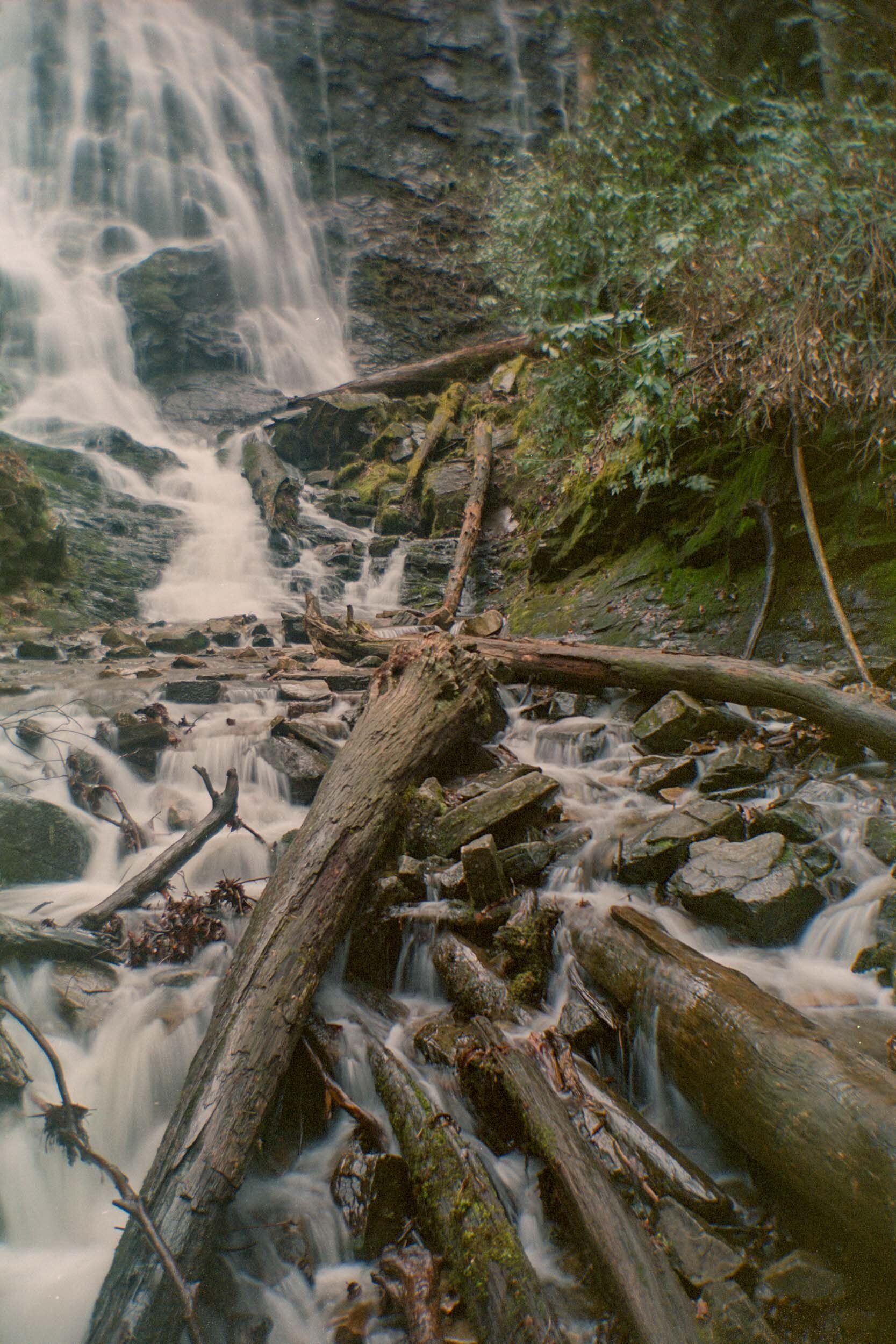
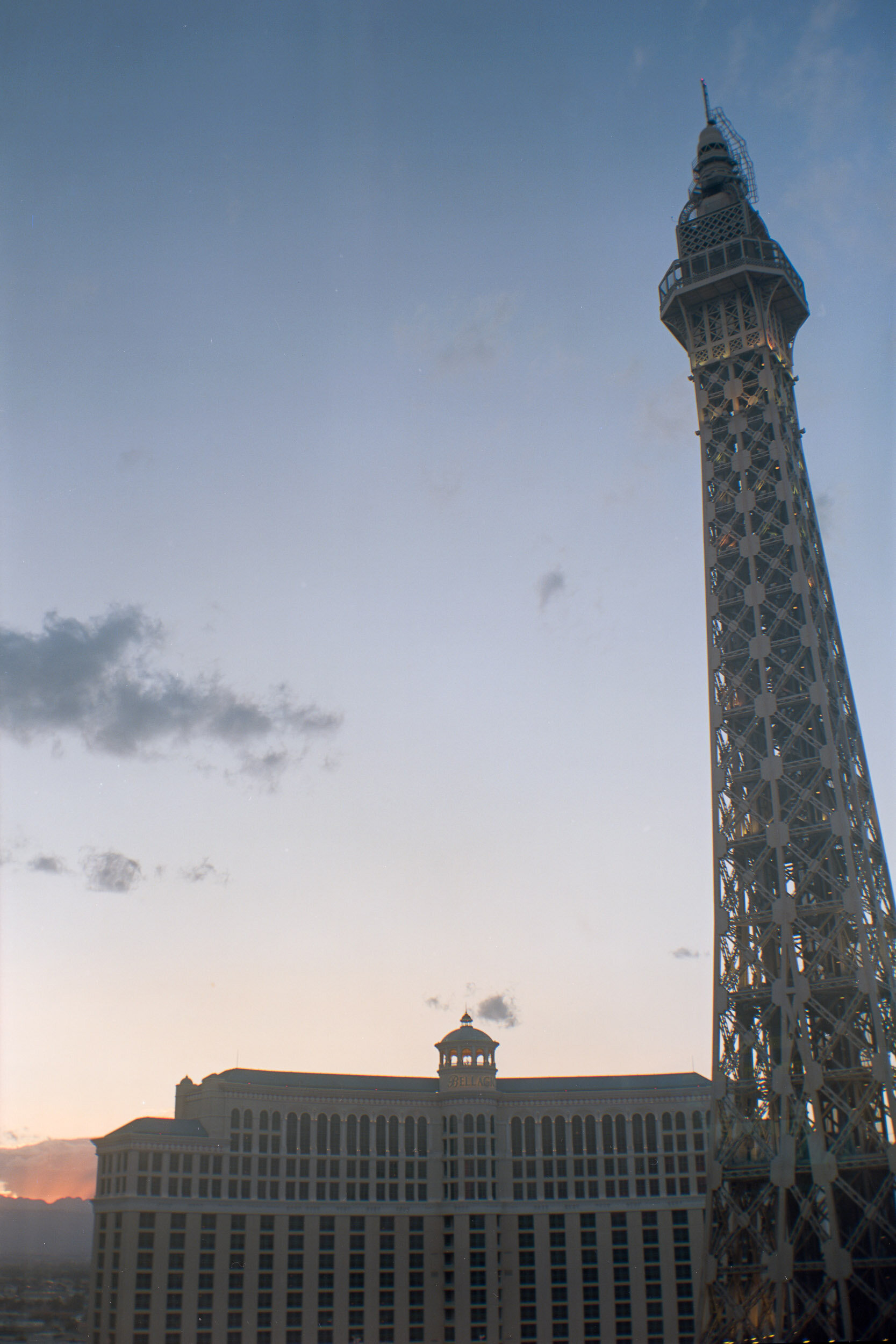
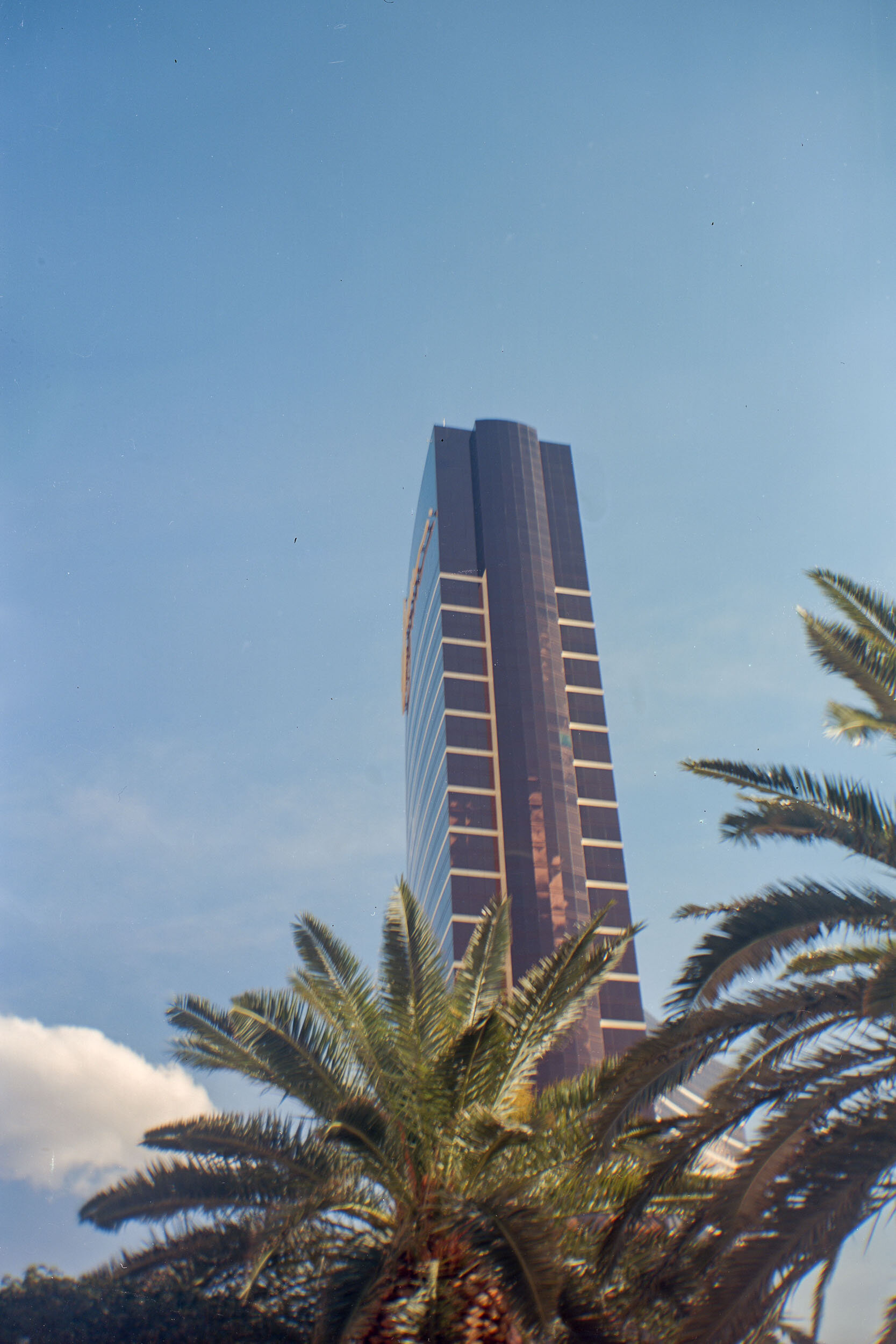
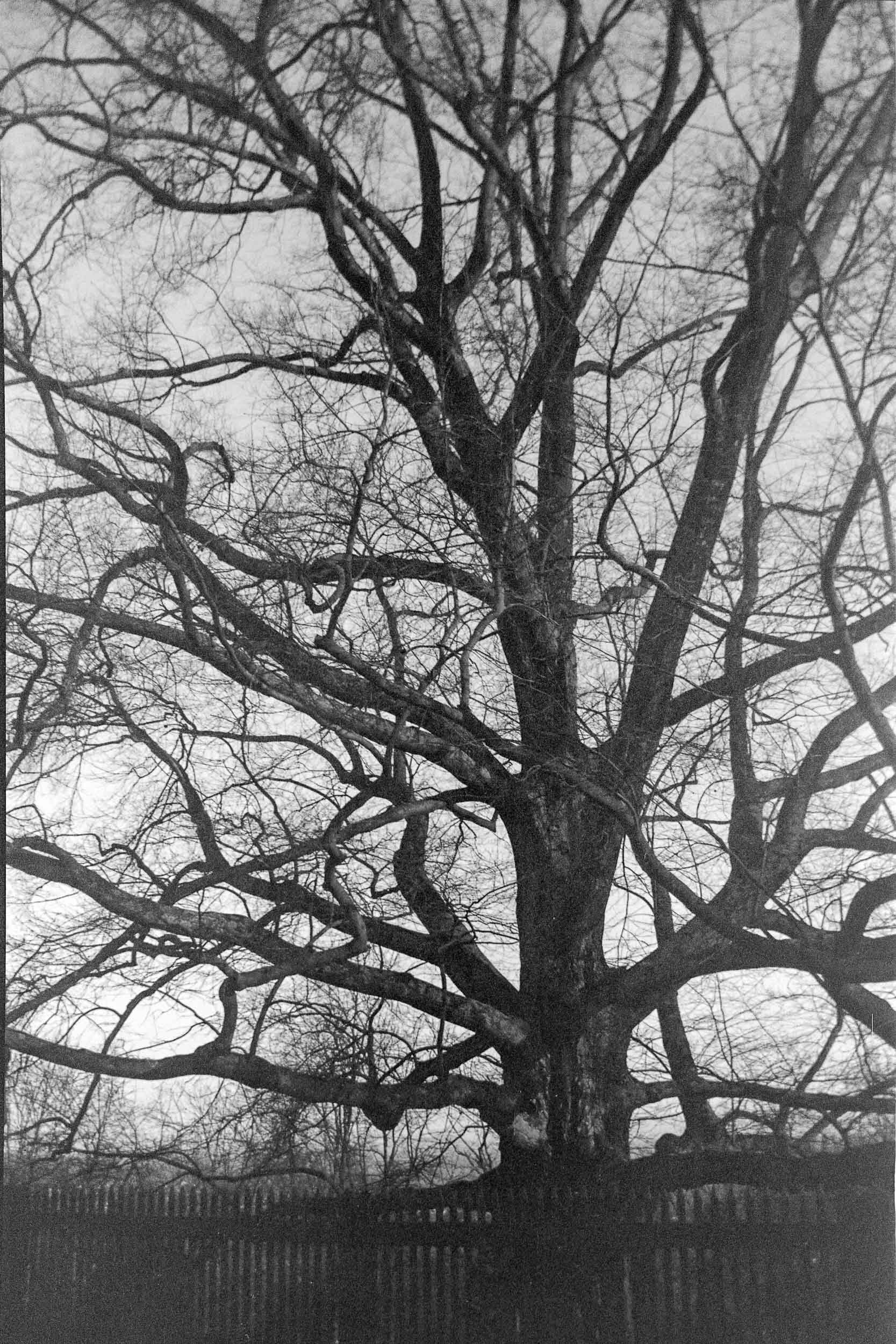
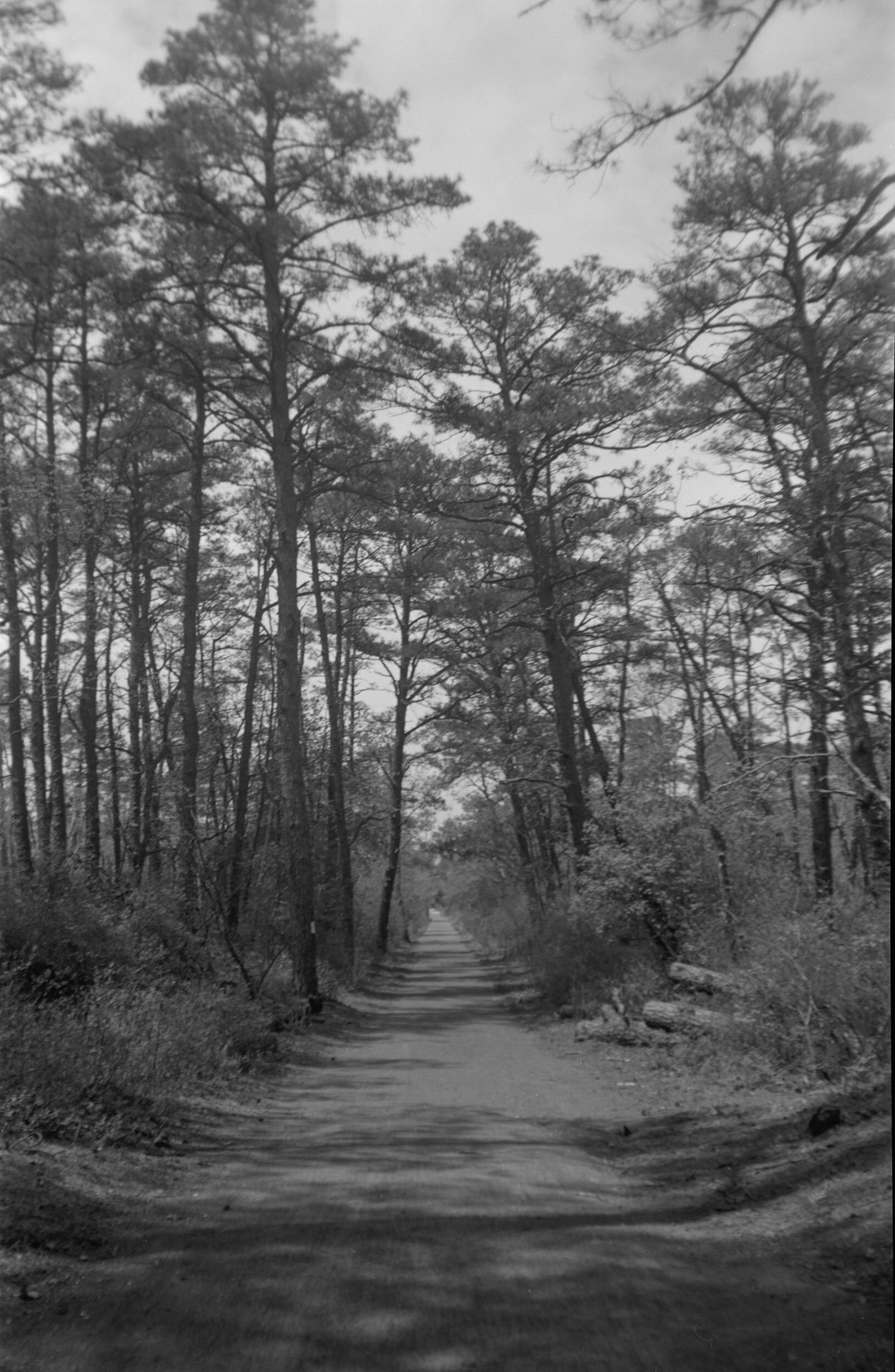
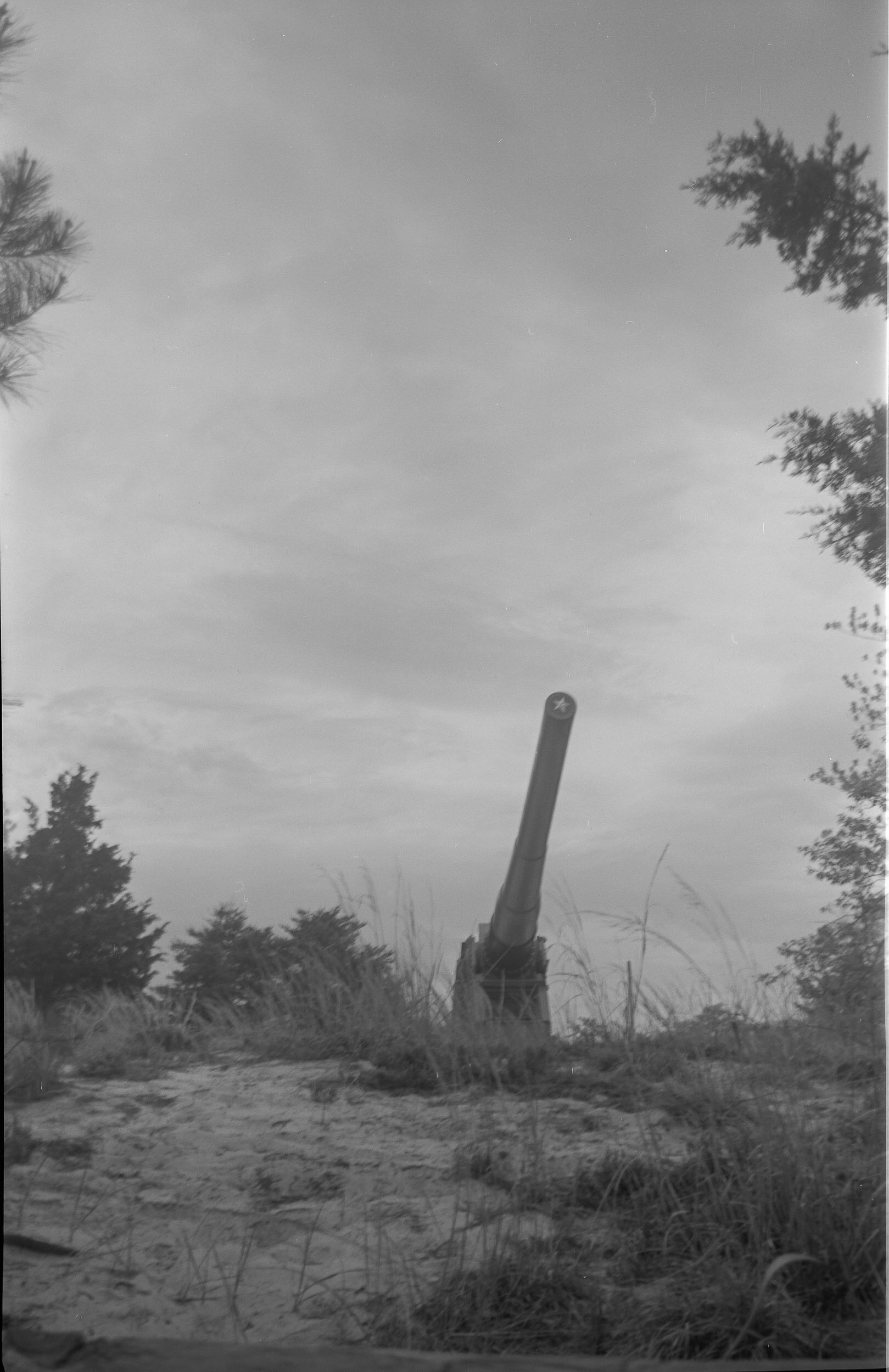
These challenges have prompted me to look for another tool, and I focused my search on twin-lens reflex (TLR) cameras. The main features of the TLR are two lenses: one is called the taking lens, and it has the shutter and projects the image onto the film, while the other is called the viewing lens. It sits just above the taking lens and in front of a 45º mirror, which projects the image onto the viewing screen. The focusing in both lenses is coupled, so while you use the viewing lens for composing and focusing, the taking lens gets (almost) the same image and focuses to the same distance as well. Most of TLRs are also full-fledged cameras, with controls for aperture and shutter speed and a few other bells and whistles. There is one for almost every budget, too, from under $100 for the more basic models or lesser known brands, to upwards of $1,500 for Rolleiflexes in pristine condition. I ended up buying a Yashica-Mat with a four-element Yashinon lens that was made some time between 1958 and 1970, and it was remarkably affordable.
From the moment I took it out of the box, I realized what an amazing device it is. First, it is fully mechanical and has no plastic parts. Holding something like this in my hands is like traveling in time; they just do not make things like this anymore. Then, there is the focusing screen. After looking at it, I wonder why we consider LiveView LCD screens on cameras an innovation: we already had something much, much better seventy years ago! And most importantly, this camera can consistently take sharp images while being handheld. Finally, I think I found the camera for film photography that I was looking for.
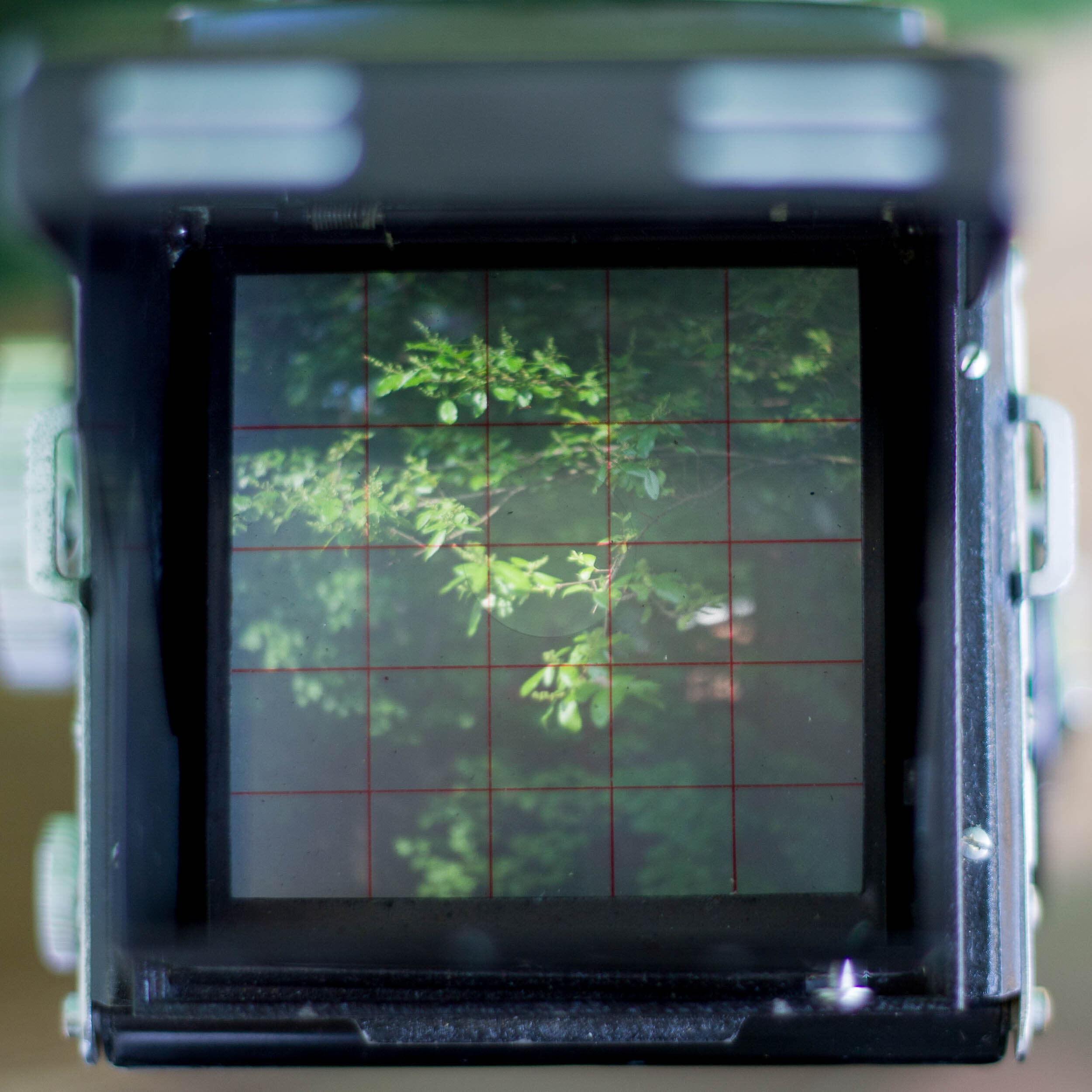
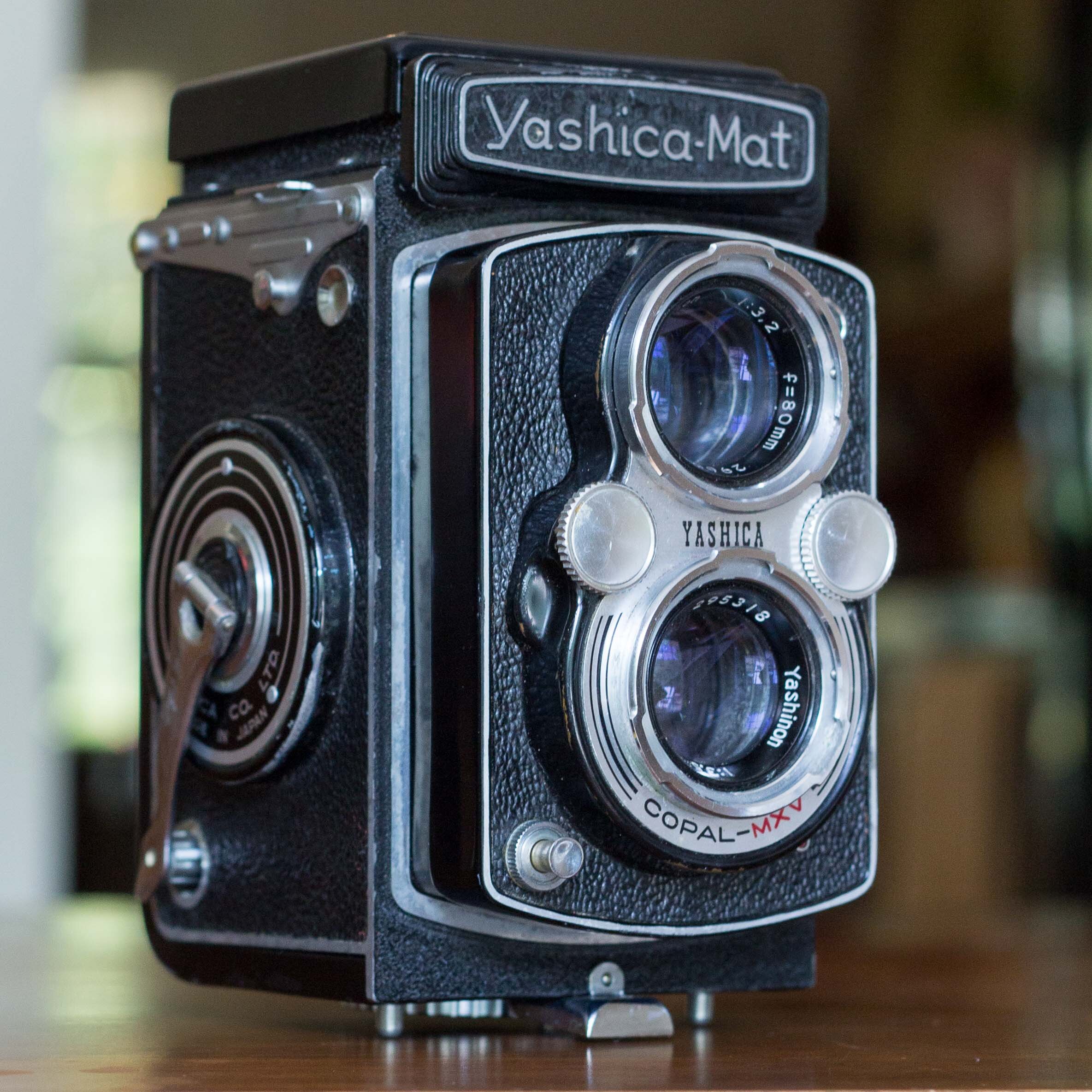
The two photographs below are from the test roll that I took with it, and I have cropped them to enhance the composition. Expect many more in the future!
